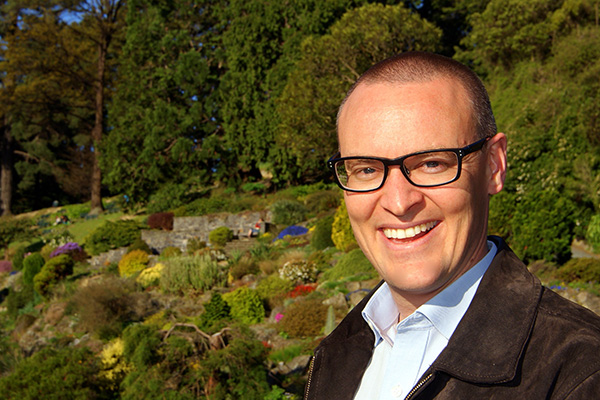David Clark | Issue 11
Celebrating NZSL
During the aftermath of the Christchurch earthquakes, interpreter Jeremy Borland became a staple of the daily press conferences. He stood beside our government leaders, dignitaries and experts and communicated news of the day’s events to New Zealand’s deaf community.
The outrage sparked by a “fake” sign language interpreter at Nelson Mandela’s memorial service points to the growing profile and importance of sign language on the World stage.
Despite these spikes of recognition, only a small number of kiwis would know that 12–18 May is New Zealand Sign Language Week. Fewer still would know how to sign their name or a basic phrase. This is in spite of the language sharing equal status with English and Te Reo Maori as an official language of New Zealand. I think we can do better to bolster efforts to teach our official languages. Many kids, for example, don’t have opportunity to learn to sign at all during their schooling years.
I was lucky enough to have representatives from Deaf Aotearoa visit my office last month to teach me some basic signs. I now know how to sign my name. Unfortunately, the National Government slashed funding for Adult and Community Education (ACE) in their first budget. This has had a very real effect. The opportunity to learn the language has been limited.
Community education classes are vital – especially for NZSL, where they operated as the main way to learn the language. One study estimates that for every dollar that is invested in ACE classes, there is a 50-dollar return. Community education is also important for people wanting to re-skill, and for community cohesion.



